- Convenient bundles with extra savings
- Save time and money with our kits and bundlesFind your ideal containerBuild your terrarium up from the bottomTime to get creative, add plants, moss and decorations
- ContainersGrow Like a Pro
Air Purifying
Easy Care Plants
Hanging and Trailing Plants
Love A Moss Pole
The Monstera Karstenianum Peru, also known as Marble Planet or Epipremnum Marble Planet, is a striking and rare aroid that boasts thick, textured leaves with a deep green marbling effect. Its unusual foliage adds an exotic touch to any indoor space, making it a favourite among plant collectors and enthusiasts alike. This fast-growing, climbing plant is perfect for adding vertical interest to your home, especially when paired with one of our eco-friendly moss poles for support.

Free Care Guide With Every Purchase
Scan the plant pot QR for instant access to our care guide for your plant. No hassle, no stress, just healthy and happy plants.
Care Guide
- Light: Monstera Karstenianum Peru thrives in bright, indirect light. It can tolerate lower light conditions, but its vibrant green colour and marbling pattern will be more pronounced in brighter spots. Avoid direct sunlight, which can scorch the leaves.
- Watering: Water your Marble Planet when the top 2-3 cm of soil is dry. It prefers evenly moist soil but is sensitive to overwatering, which can lead to root rot. Ensure good drainage by using a pot with holes and a well-draining mix. Reduce watering in the winter when growth slows.
- Humidity: This tropical plant loves high humidity. Mist the leaves regularly or place it near a humidifier to mimic its natural environment. It will thrive in bathrooms or kitchens with naturally higher humidity levels.
- Soil: Use a well-draining, aerated mix like our general houseplant mix or aroid plants mix available in our shop. These are ideal for keeping your Monstera Peru’s roots healthy by ensuring good drainage while retaining enough moisture.
- Temperature: Keep in a warm environment between 18-27°C. This plant doesn’t tolerate cold temperatures well, so avoid placing it near drafts or below 12°C.
- Fertilising: Feed your plant monthly during the growing season (spring and summer) with a balanced liquid fertiliser diluted to half strength. Hold off fertilising during autumn and winter.
Troubleshooting & Common Issues
- Yellowing Leaves: This often indicates overwatering or poor drainage. Make sure the soil is allowed to dry out between waterings and ensure that the pot has proper drainage to prevent root rot.
- Brown or Crispy Leaf Edges: This is a sign of low humidity or underwatering. Increase humidity by misting the plant or placing it near a humidifier, and ensure the soil remains moist but not waterlogged.
- Slow Growth: Monstera Karstenianum Peru can slow down if it’s not receiving enough light or if temperatures drop too low. Make sure it’s placed in a warm spot with bright, indirect light for optimal growth.
- Root Rot: Overwatering or poor soil drainage can cause root rot, which will stunt growth and damage the plant. If root rot is suspected, reduce watering and repot the plant in fresh, well-draining soil, such as our aroid plants mix.
In her natural environment, Monstera would climb on trees so she would love a moss pole to encourage the plant to grow faster and produce bigger leaves. Moss poles help to maintain a good level of humidity. For repotting use a good quality, loose potting mix designed for aroids
Q1: How often should I water my Monstera Karstenianum Peru to maintain optimal health?
A1: Water the plant when the top 2-3 cm of soil feels dry. Typically, this means watering once every week, but adjust according to temperature and light conditions, watering less frequently during winter months.
Q2: I’m new to indoor gardening; is the Monstera Karstenianum Peru suitable for beginners, and what common issues should I watch out for?
A2: Yes, it’s suitable for beginners due to its resilience and easy care requirements. Keep an eye out for yellowing leaves or brown, crispy edges, which are common signs of overwatering and low humidity, respectively.
Q3: Can I use a moss pole with this plant, and what are the benefits?
A3: Absolutely, using a moss pole is recommended to support its climbing nature, which mimics its natural habitat. This not only helps the plant grow faster and produce larger leaves but also maintains higher humidity around the foliage.
☀️ Light
Scale: ☀️☀️▫️ (Medium)
The Monstera Karstenianum Peru thrives in bright, indirect light. It can manage in lower light conditions, but for the best display of its vibrant green and marbled leaves, a brighter spot is ideal. Be sure to avoid direct sunlight to prevent leaf scorch.
💧 Water
Scale: 💧💧▫️ (Medium)
Water this plant when the top 2-3 cm of soil feels dry. Aim for evenly moist soil, but be cautious of overwatering, as it can lead to root rot. Remember to reduce watering during the winter months as the plant’s growth slows.
🌡️ Temperature
Scale: 🌡️🌡️🌡️ (Warm)
Monstera Karstenianum Peru prefers a warm environment, ideally between 18-27°C. It does not cope well with cold and should be kept away from draughty areas or temperatures below 12°C.
💦 Humidity
Scale: 💦💦💦 (High)
This tropical beauty loves high humidity. To keep it happy, mist its leaves regularly or place it near a humidifier. A bathroom or kitchen, where humidity tends to be higher, can be perfect locations.
🪴 Repotting
Monstera Karstenianum Peru should be repotted every two years or when it outgrows its pot. Use a well-draining, aerated potting mix like our specially formulated aroid mix. When repotting, consider adding a moss pole to support its climbing nature and encourage larger leaf growth.
🐾 Pet Friendliness
This plant is considered toxic if ingested. Keep it out of reach of curious pets and small children to prevent any accidental nibbles.
🏠 Recommended Locations at Home
Place your Monstera in a spot with bright, indirect light such as near a north-facing window or in a well-lit bathroom. Its striking appearance makes it a fabulous focal point in living rooms, studies, or any space that could use a touch of tropical flair.
🌿 Air Purifying
Yes, the Monstera Karstenianum Peru is known for its air-purifying qualities. It helps remove toxins from the air, making it not only a beautiful but also a beneficial addition to your indoor space.
✨ Other Plant Features
Known for its unique thick, textured leaves with a stunning marbled pattern, the Monstera Karstenianum Peru is a fast-growing, climbing plant that is perfect for adding vertical interest to your home decor.
If you have any more questions, feel free to ask our Mossbot for assistance or contact us directly through our website. Remember, we also offer a free plant hospital service if you need any help with your new green friend!
The Ultimate Care Guide for Monstera Plants: Iconic and Easy to Grow
Introduction and History Monstera plants, often called Swiss cheese plants due to their iconic fenestrated leaves, are native to the tropical rainforests of Central and South America. Monstera deliciosa was formally described in 1849 by Danish botanist Frederik Michael Liebmann during his exploration of Mexico. Monstera adansonii, another popular variety, was described in 1830 by Austrian botanist Heinrich Wilhelm Schott. Monstera obliqua and Monstera Peru are other notable species, though information about their first discovery is less detailed in botanical records.
In addition to naturally occurring species, certain cultivars have been developed:
- Monstera ‘Thai Constellation’: This variegated cultivar of Monstera deliciosa was created through tissue culture propagation techniques in Thailand, producing its signature creamy-white marbled patterns.
- Monstera ‘Albo Variegata’: A naturally occurring mutation of Monstera deliciosa with striking white variegation, propagated through cuttings as its variegation is not stable for tissue culture.
These discoveries and innovations have solidified Monsteras as some of the most beloved houseplants worldwide.
Description and Features Monstera plants are vining aroids with large, glossy leaves that often develop unique splits and holes as they mature. These fenestrations allow light to pass through to lower parts of the plant in their natural jungle habitat. Popular species and varieties include:
- Monstera deliciosa: Known for its massive leaves with striking fenestrations.
- Monstera adansonii: Smaller, more delicate leaves with oval holes throughout.
- Monstera obliqua: Rare and prized for its extreme leaf perforations.
- Monstera Peru (Monstera karstenianum): Features thick, leathery leaves with a textured surface.
- Monstera ‘Thai Constellation’: A variegated cultivar with creamy-white marbling.
- Monstera ‘Albo Variegata’: Recognisable by its bold white variegation.
Key Features
- Pet-friendliness: Monstera plants are toxic to pets if ingested, so caution is advised in homes with animals.
- Low-light tolerance: While they prefer bright, indirect light, they can adapt to lower light conditions.
- Moderate water needs: Monstera plants are forgiving if you occasionally forget to water them.
- Air-purifying qualities: Known to filter toxins and improve indoor air quality.
- Growth habit: Monstera plants are fast-growing, making them ideal for creating a lush indoor jungle.
Care Instructions
1. Watering
- How much water does a Monstera need? Water when the top 2-5 cm of soil feels dry. Overwatering can lead to root rot, while underwatering may cause drooping leaves.
- Signs of overwatering: Yellowing leaves, soggy soil, and a musty smell.
- What to do if you overwater your Monstera: Allow the soil to dry completely and reduce watering frequency. Remove the plant from soggy soil and trim away rotted roots if necessary.
- Underwatering signs: Wilting or crispy edges on leaves. Water deeply and consistently to revive.
2. Light Requirements
Monsteras thrive in bright, indirect light but can adapt to lower light conditions. Avoid direct sunlight, which can scorch their leaves. If you’re searching for “can Monstera plants survive in low light,” the answer is yes, but their growth may slow.
3. Humidity and Temperature
- Humidity: Monsteras love high humidity levels, making them ideal for bathrooms or humidifiers. However, they also adapt well to average household humidity.
- Temperature: Keep between 18-27°C. Avoid placing near cold drafts or heating vents.
4. Plant Food
Feed your Monstera with a balanced liquid fertiliser every 2-4 weeks during the growing season (spring and summer). Reduce feeding in autumn and winter. If wondering “how to fertilise a Monstera plant,” ensure the soil is slightly moist before applying fertiliser to prevent root burn.
5. Pruning and Support
- Prune regularly to remove yellowing or damaged leaves and to shape the plant.
- Support growth with a moss pole or trellis to mimic its natural climbing habit. Monstera plants thrive when given something to climb, as this encourages larger leaves and fenestrations.
6. Moss Pole and Drip Cup Benefits
Monsteras benefit significantly from being trained to climb on a moss pole, as this mimics their natural growth habit and promotes larger, healthier leaves with more fenestrations. Our shop, Highland Moss, offers handmade sphagnum moss poles in classic green, mixed, and pink colours. These poles provide excellent support and retain moisture, which is essential for the plant’s aerial roots.
To make watering easier, we also offer drip cups designed to keep moss poles evenly hydrated, ensuring your Monstera thrives.
Common Issues and Troubleshooting
1. Yellow Leaves
- Cause: Overwatering, lack of light, or nutrient deficiencies.
- Solution:
- Adjust watering habits and ensure the soil drains well.
- Move the plant to a brighter spot.
- Feed with a balanced fertiliser if the issue persists.
2. Brown Leaf Tips
- Cause: Low humidity or underwatering.
- Solution: Increase humidity by misting the leaves or using a humidifier. Water more consistently.
3. Leaves Not Splitting
- Cause: Insufficient light or a young plant.
- Solution: Ensure the plant receives bright, indirect light and provide a moss pole for climbing.
4. Pests
- Cause: Spider mites, mealybugs, or scale insects.
- Solution: Treat with neem oil or an eco-friendly pest spray, both available on our website. Wipe leaves regularly to prevent infestations.
5. Root Rot
- Cause: Overwatering or compacted soil.
- Solution: Repot with fresh, well-draining soil and trim away rotted roots. Use a pot with drainage holes.
Propagation Methods
1. Stem Cuttings
- Cut just below a node. The node is essential for root development.
- Place the cutting in water using a propagation station or directly into moist sphagnum moss.
- Change water weekly or mist moss regularly. Roots will develop within weeks.
2. Division
- Separate clumps with their own root systems when repotting.
- Replant in fresh soil and water lightly to settle.
3. Air Layering
- Wrap a node with moist sphagnum moss and secure with plastic wrap.
- Once roots develop, cut below the rooted node and pot into soil.
Sphagnum moss and stunning propagation stations to propagate Monstera plants are available in our shop Highland Moss, ensuring successful and hassle-free propagation.
Is a Monstera Plant Right for You? Monstera plants are excellent for:
- Beginners: Their forgiving nature makes them ideal for plant novices.
- Statement pieces: With their large, dramatic leaves, Monsteras become a focal point in any room.
- Air purification: Great for improving indoor air quality.
With proper care, Monstera plants can thrive and become a stunning feature in your home. Whether you’re searching for “how to care for Monstera deliciosa” or need propagation tips, this guide has everything you need. Remember, all plants purchased from Highland Moss come with a scannable QR code for detailed care instructions and access to our Moss Bot for 24/7 plant care support.
- Authentic Photos of Our Plants: We take every photo you see, showcasing the actual plants we offer. Each plant is selected randomly unless otherwise stated, adding a touch of surprise to your order.
- Natural Variations Make Each Plant Unique: No two plants are the same. Differences in size, leaf count, and minor cosmetic imperfections are part of their charm and individuality, making your plant truly one of a kind.
- Healthy Plants, Always: While we can’t guarantee an exact match to the photos, we promise to send only happy, healthy plants that are well-cared for and ready to thrive in your space.
- Let Your Plant Settle: Allow your new plant to adjust to its surroundings for 1–2 weeks before repotting, propagating, or making any major changes. This settling-in period reduces stress and helps your plant flourish.
- Shipped-in Trusted Potting Mix: Our plants are delivered in a standard grower’s potting mix. When you’re ready to repot, choose from our premium-quality mixes designed specifically for aroids, succulents, and terrariums, available in our shop.
- Expert Guidance on Repotting: I’m unsure if it’s time to repot. Check out our article, When to Repot Your Plant, for expert advice on keeping your plant healthy and happy.
- Support for Climbing Plants: For Monstera, Philodendron, and Syngonium, add one of our handmade sphagnum moss poles and a watering drip cup. These accessories encourage natural growth, support larger leaves, and keep your plants neat and upright.
- Simple Care at Your Fingertips: Every plant includes plant care instructions, and you can scan the QR code on the nursery pot to access detailed guides. For additional help, our Moss Bot is available 24/7 on the website to answer your plant care questions.
- Complete Your Plant Setup: Browse our selection of stylish planters, precision pruning tools, watering tools, full spectrum grow lights, eco-friendly pest treatments, organic plant food, and efficient watering accessories. Everything you need for a thriving plant collection is just a click away.
Sustainably Packed with Care: Your plant will arrive safely, packed with reused and environmentally friendly materials. While we take great care to prevent damage, some fragile plants may experience minor leaf loss during transit—but don’t worry, your healthy plants will grow back. - Perfect for Every Plant Parent: Whether you’re just starting your plant journey or have a home filled with greenery, our products and accessories are designed to help you succeed.
- We carefully wrap every order using eco-friendly materials wherever possible.
- We use the Royal Mail tracked 24 delivery service.
- Orders take 1 – 2 days processing time to send; orders placed before 1.30 pm are usually sent the same day.
- Delivery is £6.95 per order, reduced to only £3.95 when you spend £20 or more
- Spend over £80 for free delivery!
- Free collection from our shop in Aberdeen and £3 local delivery available
- On rare occasions, we may use alternative couriers if necessary.
5.0
Based on 1,364 reviews
| 5 star | 96 | 96% |
| 4 star | 3 | 3% |
| 3 star | 1 | 1% |
| 2 star | 0 | 0% |
| 1 star | 0 | 0% |
1-5 of 1364 reviews
Sorry, no reviews match your current selections
Reviews
There are no reviews yet
Add a review
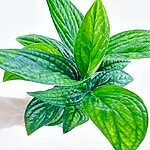 Monstera Karstenianum Peru Epipremnum Marble Planet
Monstera Karstenianum Peru Epipremnum Marble Planet
Rating*
0/5
* Rating is required
Your review
* Review is required
Name
* Name is required
Email
* Email is required
Add photos or video to your review
* Please tick the checkbox to proceed
-

Philodendron Scandens Micans Lemon Lime
£49.00Select options This product has multiple variants. The options may be chosen on the product page -

Scindapsus Pictus Trebie Satin Pothos
Rated 5.00 out of 5From: £12.00Select options This product has multiple variants. The options may be chosen on the product page -

Boston Fern Nephrolepis Exaltata Green Lady
Rated 5.00 out of 5From: £20.00Select options This product has multiple variants. The options may be chosen on the product page -

Houseplants Cuttings Selection
Rated 4.89 out of 5From: £2.50Select options This product has multiple variants. The options may be chosen on the product page
-

Monstera and Aroid Plants Potting Mix Soil
Rated 4.97 out of 5From: £8.00Select options This product has multiple variants. The options may be chosen on the product page -

MINI Natural Moss pole 30cm
Rated 4.92 out of 5From: £10.00Select options This product has multiple variants. The options may be chosen on the product page -

Fresh Premium Sphagnum Moss In Classic Green/Brown
Rated 4.91 out of 5From: £4.00Select options This product has multiple variants. The options may be chosen on the product page
SKU: 55357
Categories: Hanging & Trailing, Houseplants, Match with Moss, Rare and Extraordinary
Tags: 12cm plant, climbing, hanging, monstera
We’re a small family business with a big love for plants.
From our base in Aberdeen, we pack every order with care and love. Our small size means we can be flexible with special requests, and we’re always happy to help. We reuse packaging, craft our own eco-friendly products, and offer friendly advice whenever you need it.
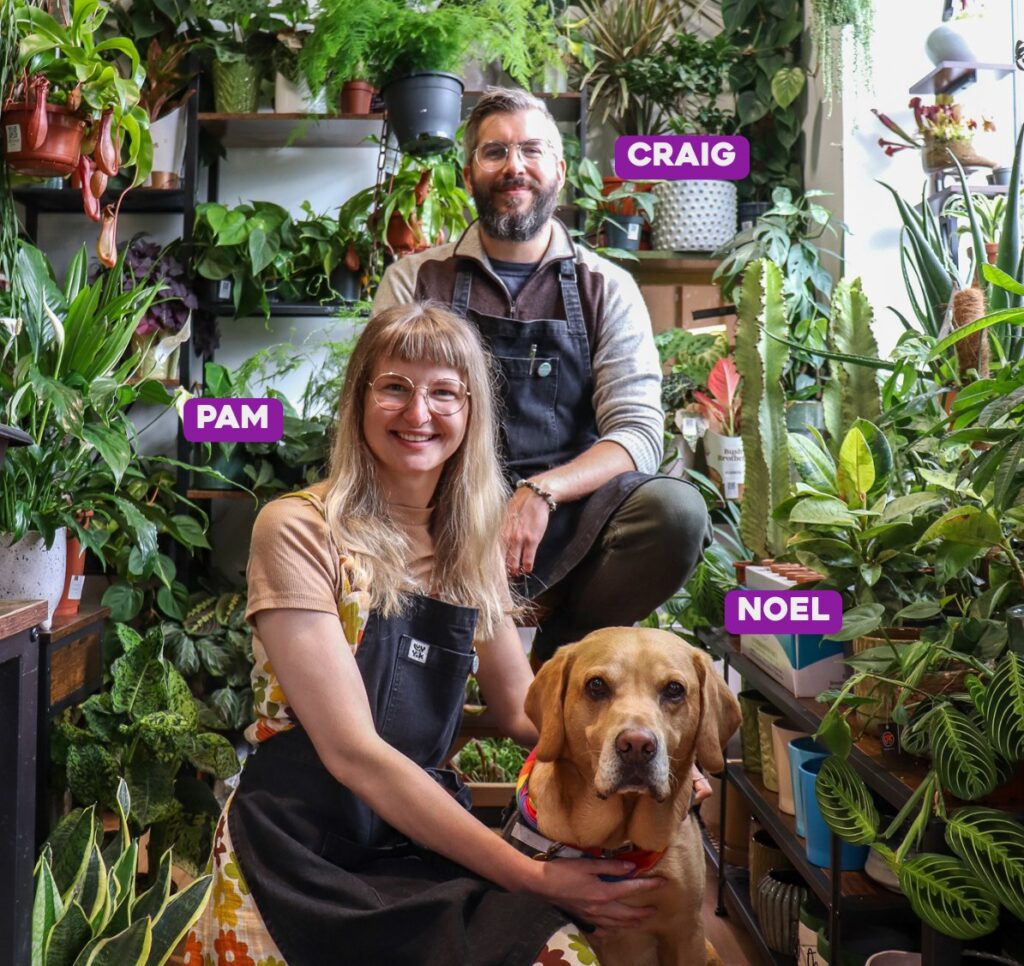
See our opening times and get directions to our Aberdeen shop – we always love a local review too!
Highland Moss
What Our Clients Say
4.95 store rating (4381 reviews) | 4.93 product rating




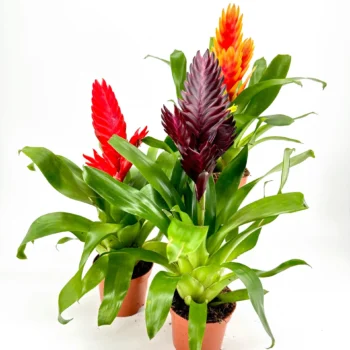
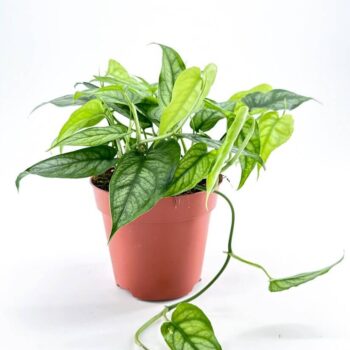
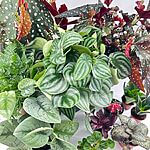


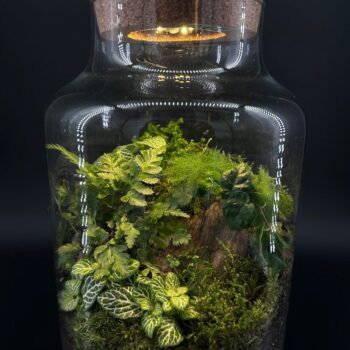
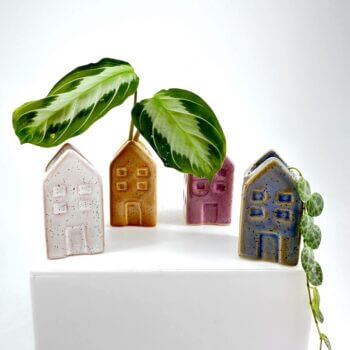
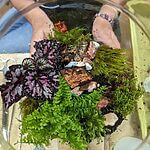


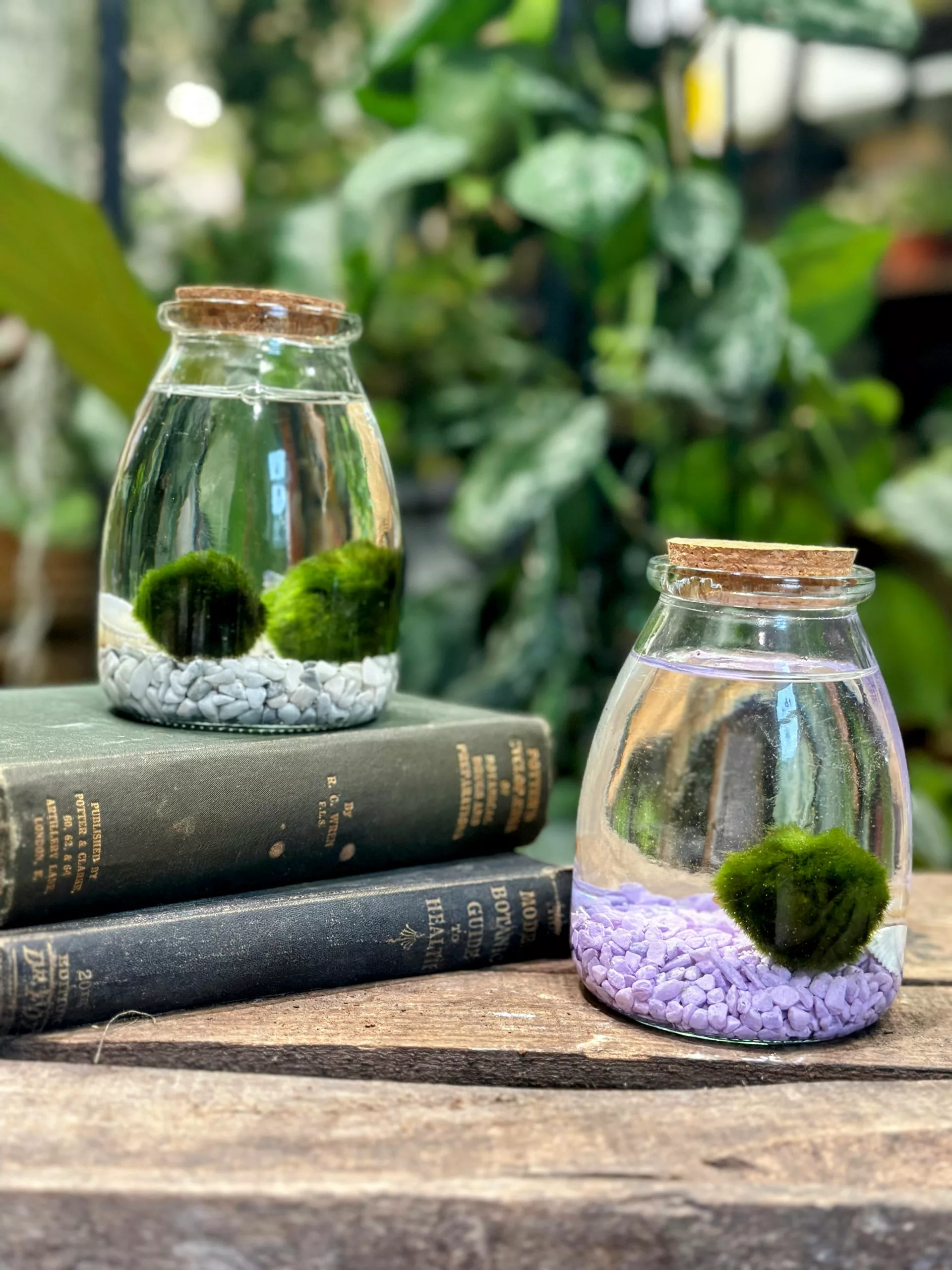
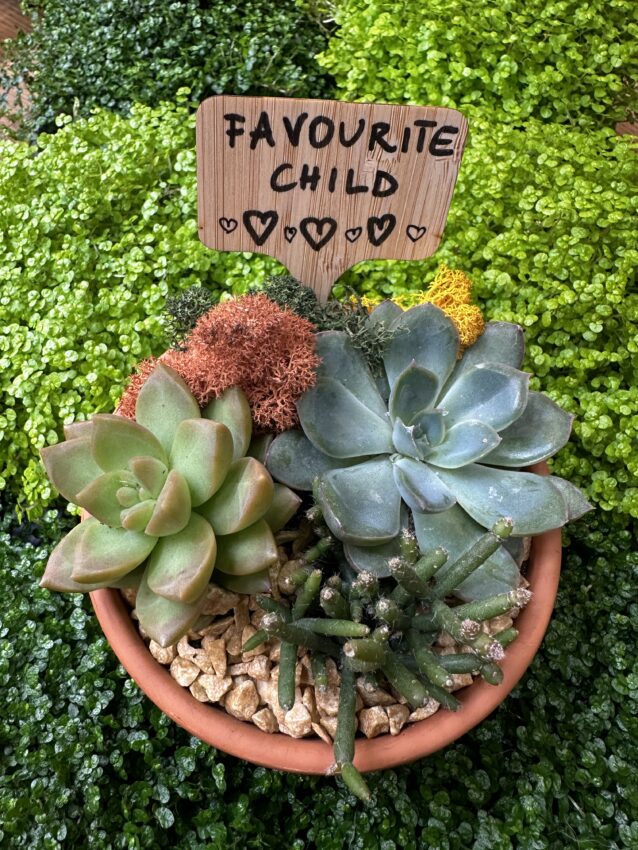
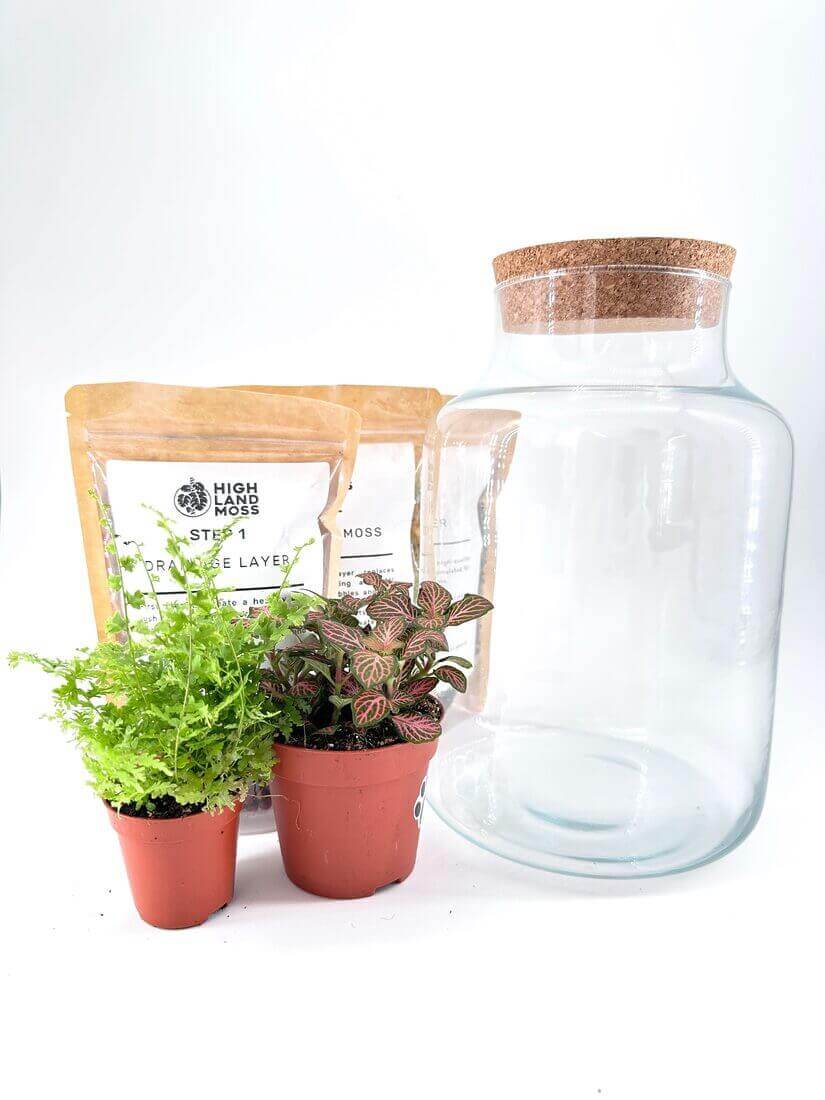
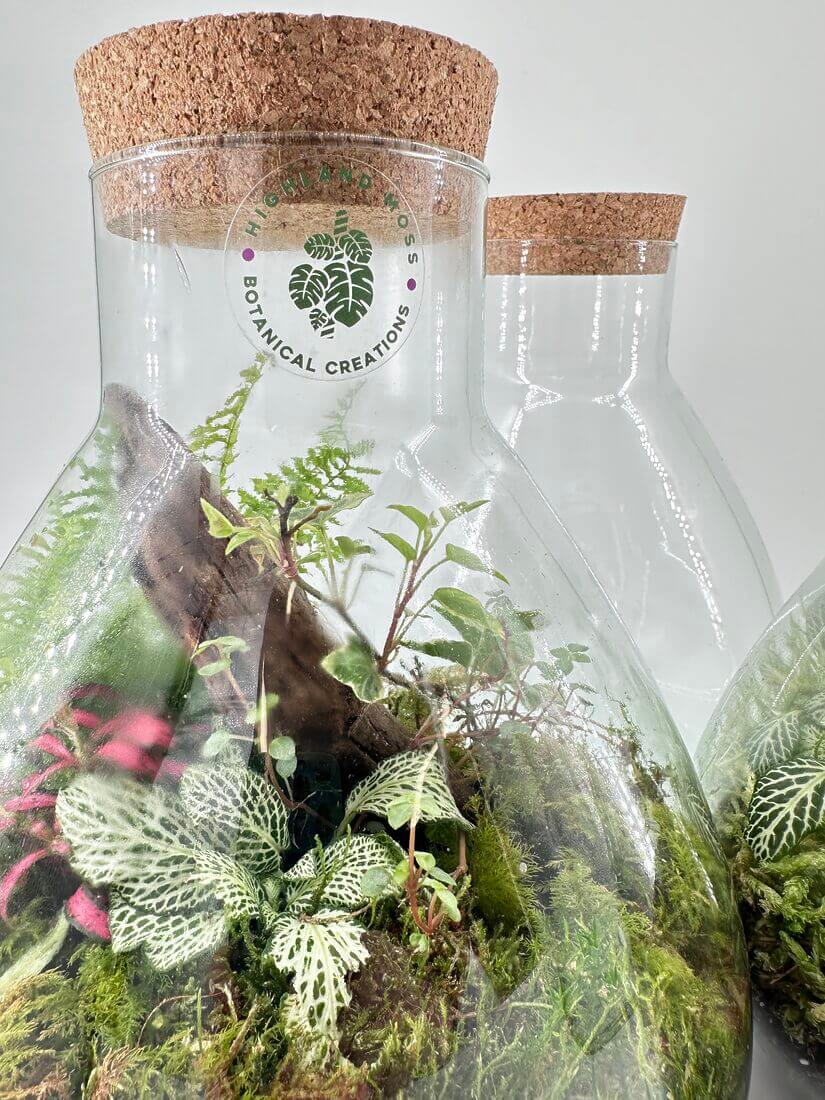
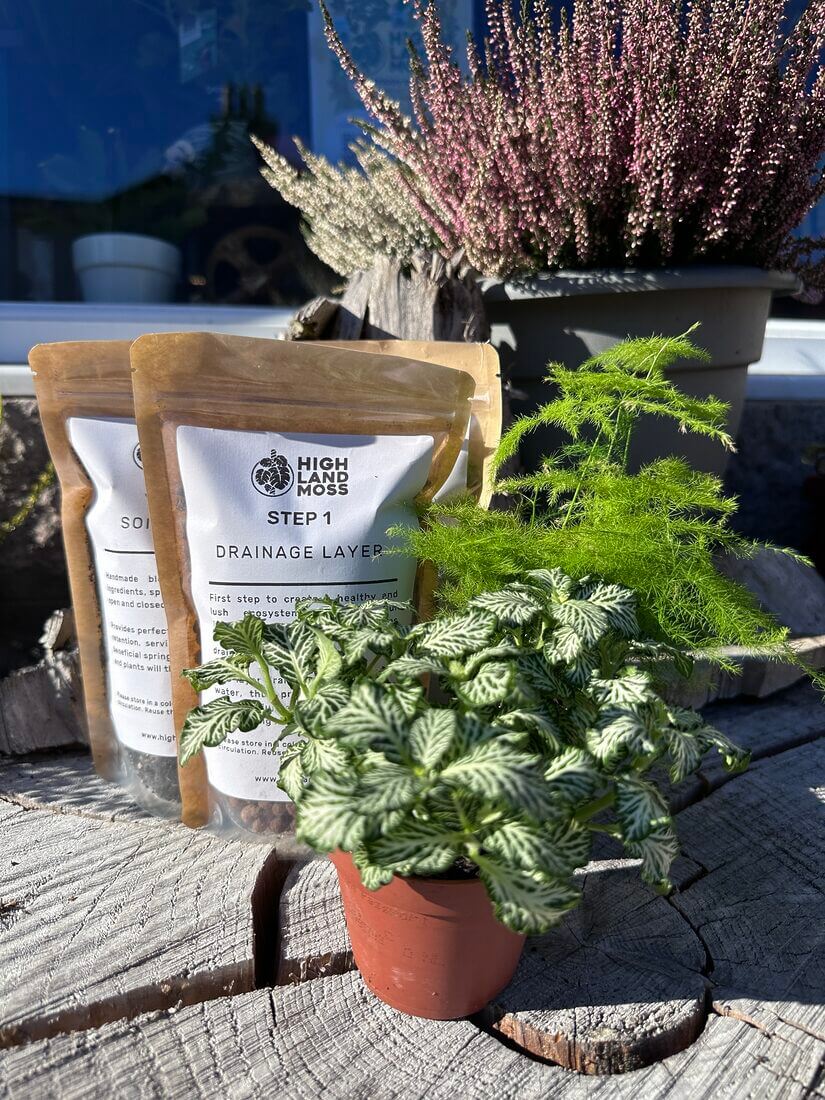

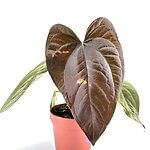


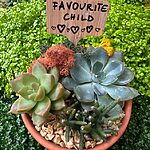
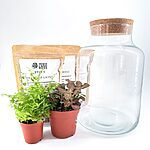
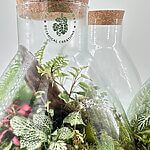
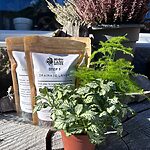


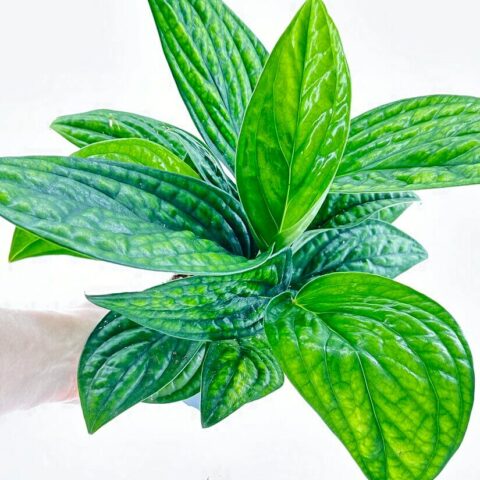




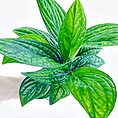
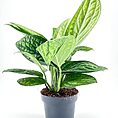
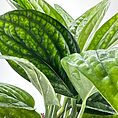



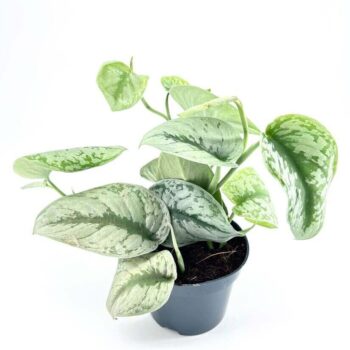
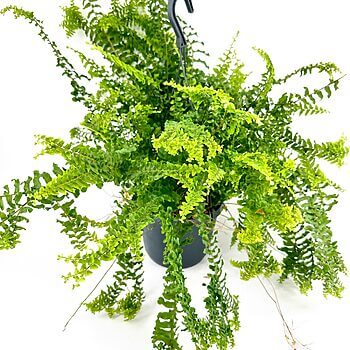
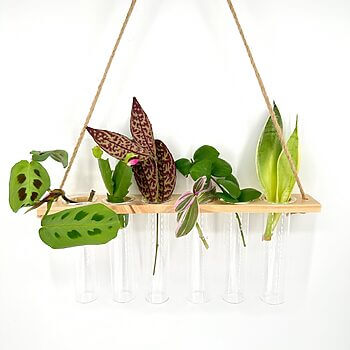
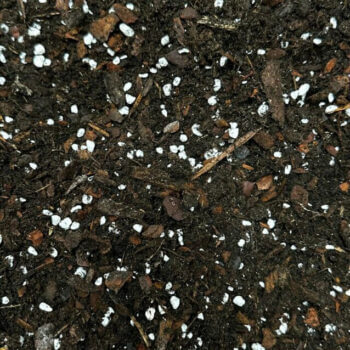
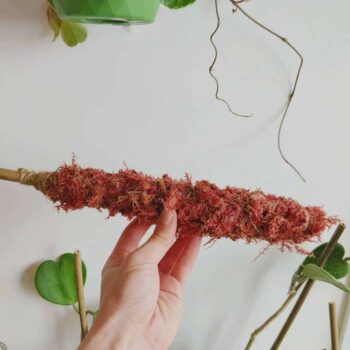
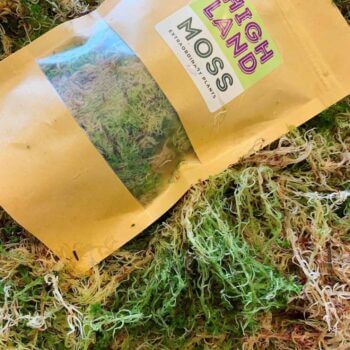

Apart from a slight hiccup with delivery everything was superb.
Delivered same day of order, fantastic service!
As always, amazing service and high quality plant from Highland Moss! Plus an added bonus of Noel and Angus’ impeccable customer support!
Responsive, fast delivery and high quality.